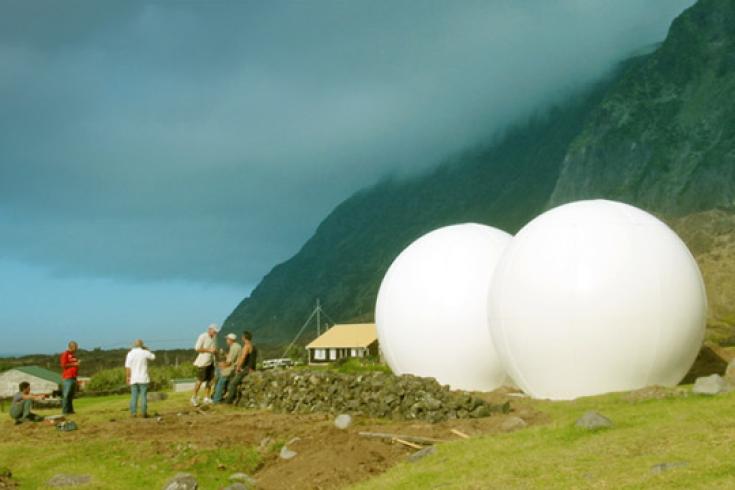Fifth workshop on ims operation and maintenance, 3 to 9 october 2015
click for PDF
I want to thank you as station operators for all the efforts you have made that have demonstrated the effectiveness of the system. Your role in maintaining a credible, operating and sustainable International Monitoring System is key.

Executive Secretary Lassina Zerbo

Global Communications Infrastructure on Tristan da Cunha
Many stations have similar problems. Promoting solutions that are applicable for a whole network is always one step forward towards a more efficient station operation, whether for better data availability and processing or transfer of know-how to new colleagues.

Read about the installation of IS40 in Papua New Guinea (Spectrum issue 23)
13 Oct 2015
